 Heard any good Sound Art lately? I sure haven’t. I did, however, download a pretty amazing iPhone app today, and it’s made me wonder if the rise of augmented reality apps like this one will ultimately signal the end of institutionalized (i.e. gallery-bound) sound art as we’ve known it. RjDj incorporates the sounds of your current environment into its aural landscapes cum musical compositions, which aren’t exclusively musical in nature.
Heard any good Sound Art lately? I sure haven’t. I did, however, download a pretty amazing iPhone app today, and it’s made me wonder if the rise of augmented reality apps like this one will ultimately signal the end of institutionalized (i.e. gallery-bound) sound art as we’ve known it. RjDj incorporates the sounds of your current environment into its aural landscapes cum musical compositions, which aren’t exclusively musical in nature.
The idea behind RjDj is that different musicians or artists create different “Scenes,” some of which respond to your physical interactions with the iPhone device while others react to aural stimuli or to the relative speed of your body moving through space. Some are calming, others rev you up. The possibilities, as they say, are virtually endless. (Scenes are available for download on the RjDj website; some are free, some cost a few bucks, so artists who choose to sell their Scene stand to make a bit of cash).
But even beyond the crass monetary potential, the unprecedented degree of interactivity that augmented reality sound apps like RjDj offer the artist who works with sound, along with its relative ease of distribution and extreme portability, has the ability to radically reinvigorate (if not reinvent) sound art, which has been a pretty moribund art form for awhile now. Take, for example, Chicago Phonography’s recent performance at the MCA (part of the Museum’s Here/Not There performance series). Although I liked the collective’s incorporation of Chicago city sounds into an ambient aural landscape, it was a largely passive experience, for the audience anyway. I’m not sure how much we got out of listening to a sound collage of Chicago city traffic, etc. when we could (and did) experience pretty much the same thing–with added layers of sight and smell–as soon as we walked out of the MCA’s doors.
But if Chicago Phonography’s performance were rejiggered a bit and distributed as an augmented reality app (and who knows — maybe they’ve already done something like this) think how different our experience of their project would have been. Instead of sitting in a museum watching a bunch of guys staring down at their laptops and PDAs we could have gone out and roamed the streets of Chicago ourselves, our eyes, ears, hands and feet jamming with and co-creating Scenes that these artists set up for us. Everyone’s experience of the performance would be slightly different (as it always is, of course, but this would concretize those differences) and yet there would still be an underlying core that everyone shared.
RjDj also gives users the ability to record the Scene they’re listening to, then upload and share it with others. Again, imagine the difference if, after listening to an augmented reality sound art piece, everyone returned to the original meeting space and shared their different “audio takes” of the experience with one another.
Of course, not every artist wants their work to be interactive. But there is something inherently subjective and interactive about sound art to begin with that seems to demand at least some degree of excursion into what augmented reality has to offer.
Visit RjDj’s website here. I first read about this app via Bruce Sterling’s always wonderful, and always just-a-little-over-my-head, Beyond the Beyond.
- Michelle Grabner, Anthony Elms, Stuart Comer Named Curators of 2014 Whitney Biennial - November 29, 2012
- New Fielding Practice Podcast on the Art21 Blog! Episode 16: Summer Review-O-Rama! - July 19, 2012
- Tom Sanford is a Busy Man…Here’s Why - June 12, 2012

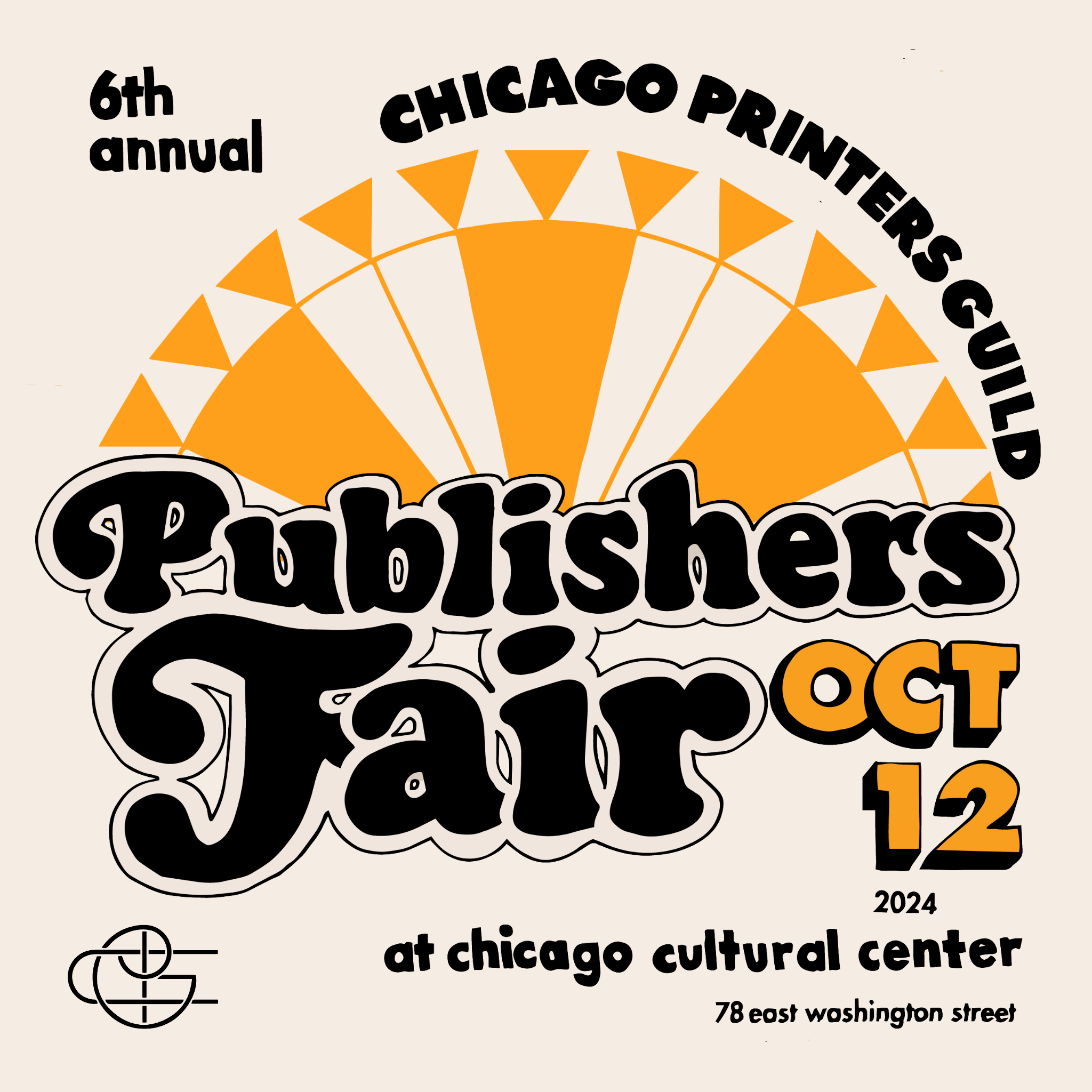
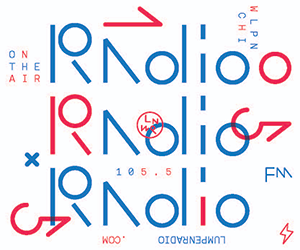
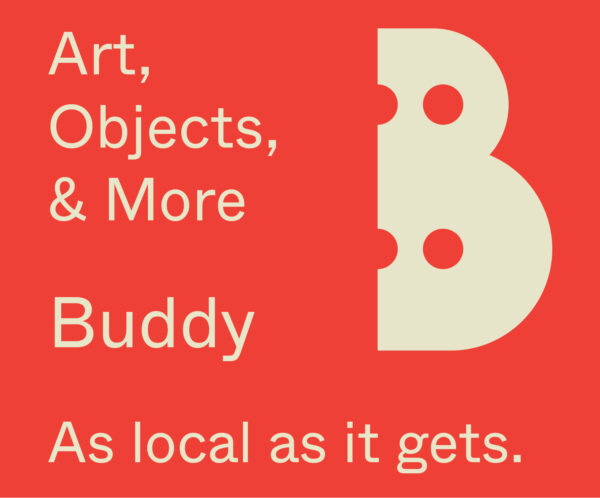
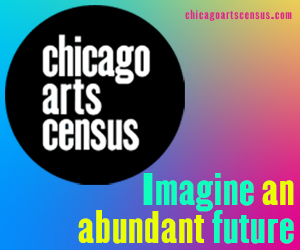
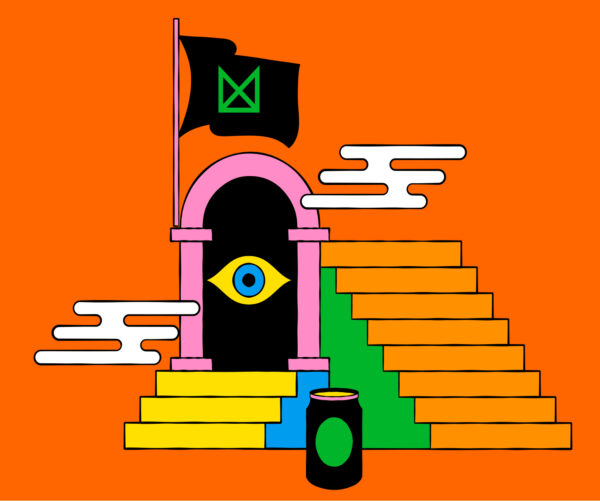
Although I think the premise of introducing augmented reality as an interactive layer into an otherwise passive experience is good, I’d say that the Chicago sound art scene is anything but stale. I feel there is an incredibly vibrant Experimental Noise community that is internationally recognized as being a center/hotbed for interesting contemporary sound art and experimental musics. Lampo (run by Andrew Fenchel) has been a Chicago independent sound space that brings several international acclaimed performers to Chicago on a regular basis, occasionally pairing them with local artists that are likewise national and internationally highly regarded (such as Nicolas Collins and Eric Leonardson). Enemy Sound (run by Jason Soliday and Geoff Guy) has also been heavily supporting a plethora of local and national sound artists and experimental musicians, ranging from Free Jazz to Power Electronics. Their work along with the Myopic Music Series, Elastic Arts, The Mopery, Experimental Sound Studio, the Co-Prosperity Sphere and occasionally more traditional music venues like the Empty Bottle, The Hungry Brain, and the Mutiny all contribute to a well respected and regarded contingency of sound artists, performers, and experimental musicians. The circuit bending community in Chicago is also very strong – as evidenced by ESS’s experiential garage sale this past month (not to mention it’s 30 some odd years of being on the forefront of sound art in the country) – containing many artists that contribute to the Bent Festival in NYC. Perhaps these examples are not being recognized in a larger museum context (although Chicago experimental sound performers Haptic and Lisa Slodki are scheduled to perform/install work in the 12×12 space at the MCA later the fall), however I would think that this shouldn’t suggest a stagnation of the medium in Chicago. It might be that this community are also not installing work in a gallery context, which might be the reason for your initial read on the lacking of quality sound art work being produced in Chicago.
Nicholas, I was definitely speaking about sound art as it is experienced in a gallery (or museum) context, hence my use of the word “institutionalized.” And probably also why I haven’t heard much that’s interesting to me lately! The artists I mentioned just happened to have been one of the most recent sound works I’d seen lately.The incredible rundown of artists you mention make it clear that the most interesting of this work isn’t typically being presented in an institutionalized setting, but again, that’s the specific context I was thinking about. I totally forgot to mention, however, that I did experience some great sound art very recently at the Hyde Park Art Center’s “Signs of the Apocalypse/Rapture” exhibition – there were a number of really interesting sound works included in the listening station and in the CDs that accompanied the larger book – a lot of them Chicago artists. But even as good as those projects were to listen to, the experience was still primarily a passive one for me and the thought of a sound art experience that was in some ways more fully engaged with the surrounding environment (not just sitting and listening to something via headphones) is interesting and provocative to me–that’s really all I meant to say. Thanks so much for your post!
As a retired noise guy myself and former board member of ESS, I would urge everyone even remotely interested in sound art, recording, doing post production on their film, etc., to check out ESS, it is an amazing resource.
http://www.exsost.org
Also, Brian Eno has an iphone app, that is amusing, not brilliant, but amusing. If you REALLY want to see art merge with more popular media get your hands on Electroplankton for the Nintendo DS, which is one of the coolest things ever!!!
I don’t have Nintendo DS sadly. Richard did you ever play Rez on PS2? Not exactly the same as what we’re talking about here but then again it was made awhile ago…I still remember that game as being one of the best ever. I’m going to check out that Brian Eno app …I have still to listen to “Music for Airports” while I’m in an airport.
http://www.myspace.com/metalrouge
ALSO, Joe Grimm is an amazing artist who has been doing some sound/audio work that is incredibly experiential and he has a show opening tonight at Vega Estates in Pilsen. I urge you to go if you need some sonic rejuvenation. And if that’s not enough, they’ll be serving homemade sea salt caramel ice cream! YUM!